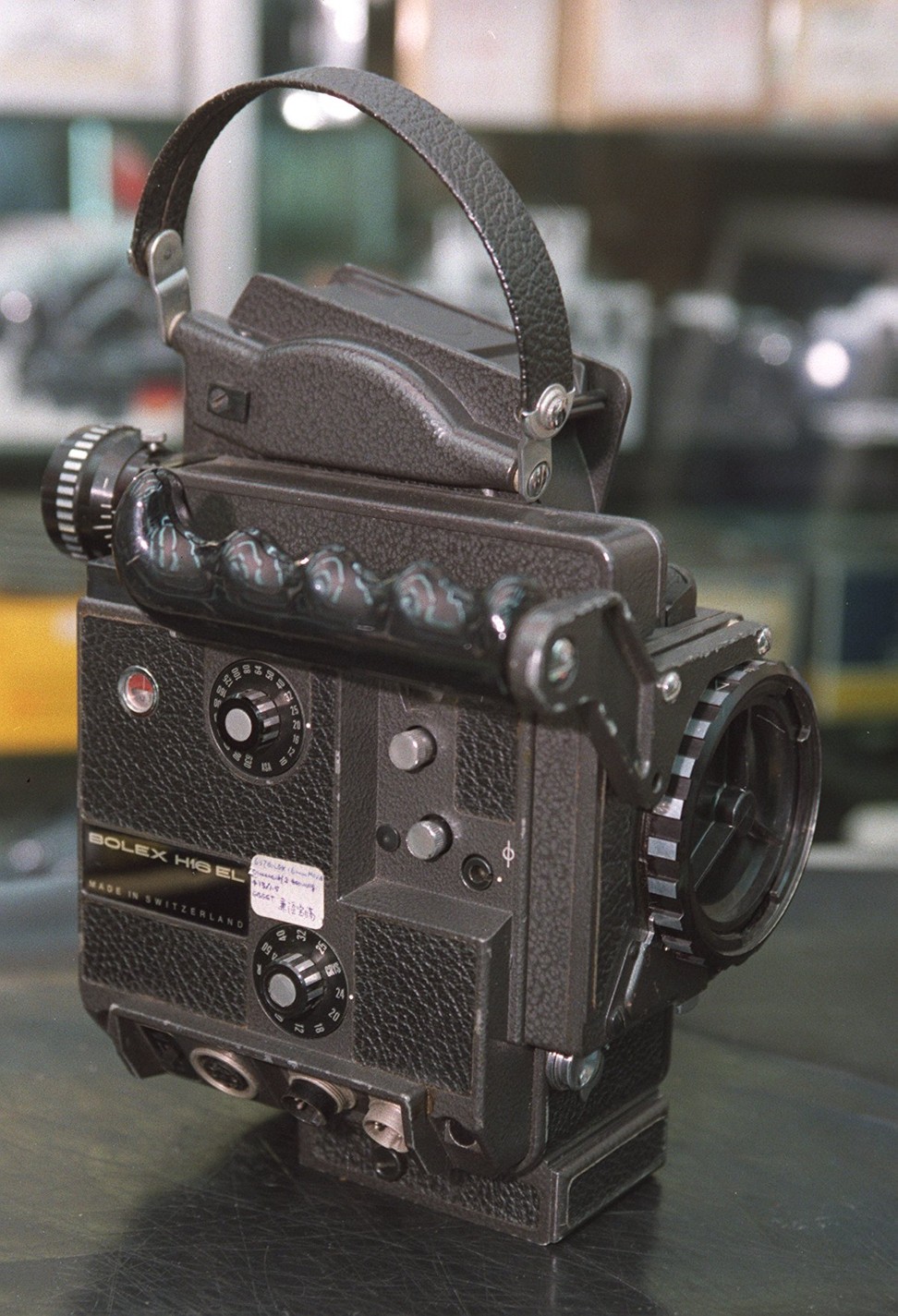
South Korea’s Super 8 ‘film lab’ Space Cell wants to revive analogue filmmaking
- The collective behind it holds regular celluloid movie nights and encourages filmmakers to work in the medium
- Demand for analogue filmmaking in the mainland and Hong Kong and mainland China has all but disappeared
Stepping into Space Cell is like travelling back in time. Tucked away in a converted ground-floor flat in Samcheong-dong, a quiet neighbourhood on the northern outskirts of South Korea’s capital, Seoul, this “handmade-film lab” is filled with equipment very much at odds with the digital age.
The main space doubles as a screening room and is filled with Super 8 and 16mm film projectors. What was once a kitchen is now a makeshift dark room, its walls lined with sinks and bottles of chemicals necessary for processing film stock. A back room is dominated by two contraptions – one for animations, the other a contact printer – seemingly past their prime.
After giving me a tour of the premises and the lowdown on its rudimentary facilities, filmmaker Cho Inhan smiles when I ask how he and his colleagues salvaged all these artefacts. Some equipment was bought second-hand, he says, while other pieces were donated or acquired from labs that had ceased operations.
“We collected them from different places, piece by piece, and put them back together ourselves,” says Cho, who, in March last year, took over as Space Cell’s director from its founder, veteran experimental filmmaker Lee Jang-wook.

“We try to keep certain amounts of basic equipment, such as 16mm Bolex cameras, projectors and other supplies, for annual workshops,” he adds. “The maintenance is important but tricky since it is very hard to find a technician who can fix such items.”
Cho and his Space Cell collective, made up of seven or eight independent filmmakers, conduct and promote analogue filmmaking on old-fashioned film stock. The day I visit, the team is preparing for a screening of 8mm and Super 8 films it has collected over the years. Cho plans to organise five screenings like this every month.
When Space Cell was founded, in 2004, there were still a few film departments in South Korean universities where students could work with physical film stock. “Since then, Space Cell has become the only film lab in South Korea where people can get to know about analogue filmmaking,” Cho says.
“Analogue filmmaking is not popular in Korea now. But every year someone will ask us about our workshops. Annual workshops are important for the film lab because Space Cell is not only about education but also having a community that can participate in various events in the lab. We hope some of those who attend will become regular members who can take care of the lab.”
Meanwhile, Lee and a few fellow filmmakers founded the Asian Artist Moving Image Platform, with screenings and seminars in January featuring Taiwanese, Japanese, Indian and Southeast Asian artists.
Noticeably absent from this list were filmmakers from mainland China and Hong Kong – and it’s not for the want of Lee’s efforts. If demand for analogue filmmaking is small in South Korea, reel-based cinema has all but disappeared from Hong Kong and China.

In Hong Kong, a few small, independent outfits sell and process film stock, and will convert the resulting footage into digital files. But they mainly tackle Super 8 films as a hobby; there’s no local fully formed scene that allows filmmakers to experiment with this tangible cinematic format.
Among the few artists to have broken new lo-tech ground is New York-based Simon Liu Pui-ngai, who has appeared at international festivals with his bricolage of images of Hong Kong and Britain.
Online searches for “jiao pian” – the Mandarin term for film stock – throws up articles about the restoration of classic movies (which has become a big thing in the mainland film industry) or Taobao listings for prints of old films. A 16mm copy of the 1947 epic The Spring River Flows East, for example, could be yours for 3,666 yuan (HK$4,172).
For non-professional or rookie filmmakers, digital technology is, of course, much less expensive and far more accessible. And real film stock demands far more discipline. Faced with a limited quantity of raw material, one no longer has the option of recording hundreds of hours of footage, which filmmakers tend to do with digital video cameras.
Much more than an act of nostalgia, analogue filmmaking could offer both artists and audiences another way of capturing and appreciating images, but it’s something Chinese and Hong Kong audiences may no longer have access to.

